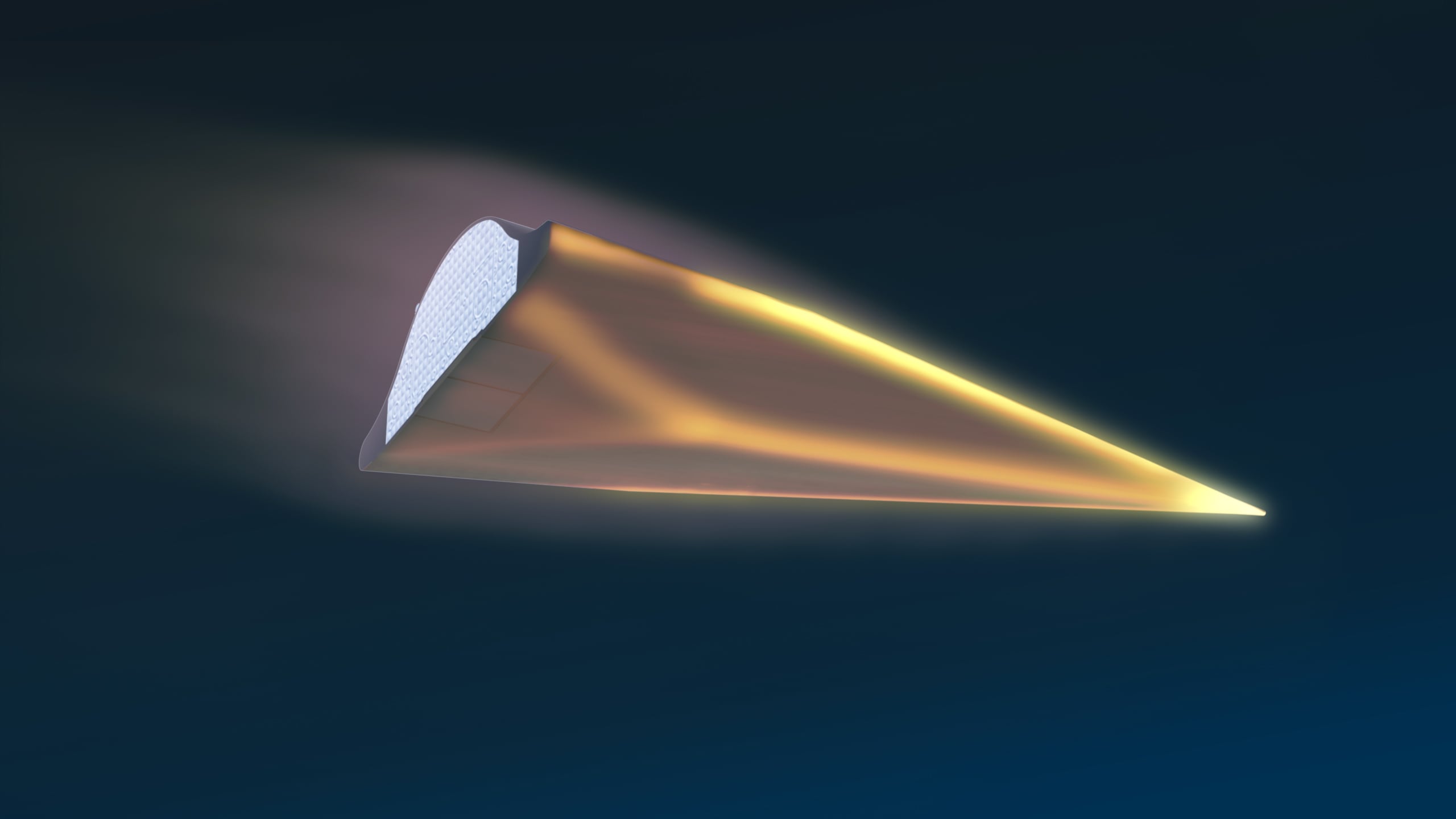
Army Hypersonic Test Vehicle Destroyed Following Failed Launch Test
The U.S. Army Space and Missile Defense Command conducted a test of a new Conventional Prompt Global Strike (CPGS) weapon…
Copyright 2024 U.S. Naval Institute. All Rights Reserved.